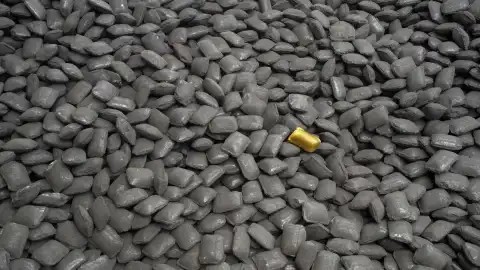Oily steel sludge, a by-product of steel making, has traditionally proved costly to recycle, eating into steel makers’ profit margins. Here’s how Harsco innovatively solved that problem.
Background
Oily steel sludge is generated during the rolling of the steel where oils and grease from the rolling stands contaminates the ferrous scale that is created on the hot steel surface. The oily sludge is usually removed via water and is collected in pits outside the rolling mill. While clean mill scale and sludge can be consumed as a feed to the sinter plant for recovery of the high metallic content back into the steelmaking process, oily sludge causes environmental and operational problems in the sinter-making process which therefore either limits or prevents its use in sintering.
Landfilling or external high-temperature treatment is therefore required to address the daily generation of this contaminated yet valuable by-product stream. 15,000 TPY of oily scale/sludge was previously shipped from the UK to the EU for deoiling via high-temperature pyrolysis before returning the material to the UK at great customer expense and a high energy penalty in transport and processing. The customer unofficially stated that the cost to ship and treat 1000 tonnes was $250k.




